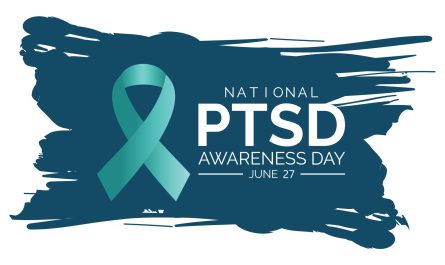Post-Traumatic Stress Disorder (PTSD) is an anxiety disorder that an individual experiences after going through a traumatic (dangerous, life-threatening, or humiliating) event. The symptoms of PTSD may begin immediately or within 1-3 months of the occurrence of the stressful event. However, in some cases, the affected person may exhibit symptoms years later.
Children’s minds are impressionable when compared to adults. Childhood is the time when the brain develops and the foundation for later years is laid. Most of the time, they recover well after a traumatic event. However, the level of resilience varies from one to another. Thus, the probability of experiencing long-term effects of acute stress in varied forms is significant and noticeable.
Parents leave no stone unturned to ensure the safety of children. Yet, there are external factors that may endanger the child’s safety. It is, therefore, suggested to be prepared and take protective measures to handle any crisis that could potentially compromise the mental well-being of the child.
Prior to noting down the symptoms, the focus must be on the events that can leave a negative impact on the child.
Events that can possibly trigger PTSD in children (in no particular order):
- Accidents
- Humiliation
- Loss/death of a loved one
- Emotional abuse
- Physical abuse/attack
- Sexual assault, abuse
- Natural disasters
- Neglect
- Being chased/bitten by an animal
Symptoms that indicate the possible existence of PTSD in a child or adolescent (in no particular order) :
- Overwhelming guilt or shame
- Irritability or anger outbursts
- Reliving the event or having flashbacks
- Acting helpless, hopeless, and/or withdrawn
- Havingtrouble focusing
- Physical symptoms: headaches, chest pains, stomach aches
- Physical sensations: pain, sweating, feeling sick or trembling
- Avoiding places or people associated with the event
- Insomnia or difficulty in sleeping
- Unusually alert or on guard
It is extremely essential to note the factors that can put the child ‘AT RISK’ for PTSD. Some of them are as follows:
- Timeline of the event (How long the event lasted)
- The intensity of the event (How bad the event was)
- The resiliency of the child to cope with difficulties
- Support received from the child’s family and community after the occurrence of the event
How You Can Help the Child Live with PTSD and Overcome It
It is difficult to gauge the extent of stress and anxiety levels in children suffering from PTSD. However, the child can recover with proper diagnosis, the sooner the better. As a parent, you can support the child in the following ways:
- Be supportive
- Enrol the child in a counseling program
- Admit that the event happened. Do not pretend as if everything is normal as it only worsensthe situation.
- Show your child that it is okay to grieve, instead of using superficial phrases like “Be strong”, “Don’t Cry”, “Someone has it worse”.
- Do not compromise with the confidentiality aspect. Share only necessary details, that too with close family members and the child’s health care provider/counselor.
- Engage the child in physical activities, like Yoga, to help reduce anxiety and stress levels.
Parenting a child with PTSD can be difficult. It takes patience and extra support from family, friends and the community to help in the child’s recovery.




